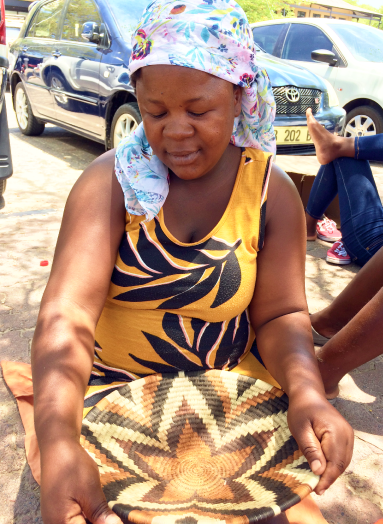
Many of us will have seen Botswana’s finest baskets displayed across various establishments up and down the country. But how many people know how much blood, sweat and toil go into making them? What a lot of Batswana don’t know is that a lot these gorgeous baskets are made by struggling Batswana women in and around Maun.
Over the Christmas break, Your Botswana was lucky to have a chat with one of the basket weavers of Maun, Nangana Kambathi. Nangana, a single mother of three from Etsha 6, weaves her beautiful baskets to support her family and can often be found selling them at New Mall in front of Spar and Woolworths.
Where did you learn to weave such gorgeous baskets?
By observing my mother and grandma. When I eventually started having a go, it took a lot of practice until I finally got the hang of it.
Where are you from?
Etsha 6
Wow, that’s a long way from Maun! What brought you all the way out here?
I came to find work but since my love of basket weaving never waned, I reckoned I could do well to start making baskets again and here we are. I weave and sell my baskets to the locals as well as tourists.
And is the business in Maun lucrative?
It’s very up and down but we go through really quiet spells, so we try to make hay while the sun shines. March through to September’s good, but any time outside of those months dries up.
What do your baskets sell for?
They range from P30 for the smallest through to P30, P50, P75, P100, P150; the price is determined by the size and intricacy of the design because that dictates how long I take to make each.
How do you market your baskets and where do you sell them?
I mainly sell here in front of Spar but from time to time, I go from office to office. I don’t have the money to do anything else but what I already do.
Your designs are beautiful, where do you draw your inspiration for them?
Most of them I remember from when I was younger as they are passed from generation to generation. Sometimes I look to mother nature, the landscape, flowers, trees and the sky can inspire interesting ideas. For instance, I was inspired by the stars that light up the sky at night for one of the ones on display. Some work, others don’t. Sometimes it’s all about trial and error and that is labour intensive as well as time -consuming. But I plough on because it’s all I know and love.
How long do you typically take to make one basket, say a medium sized basket?
It usually takes me about a week for the M8 (medium sized baskets), whereas the larger ones need up to 1 month. The teeny weeny ones can take just 1 day.
What challenges are you faced with in this business?
My main challenge is around pricing. For instance, for the very smallest P30 one, I’ve had people talk me right down to P10. Hagglers are alive and well among tourists as well as locals but mainly the former. When this happens during the quiet times when I’m struggling to sell, it makes it extremely hard to make much. For these small ones, talking me down from P30 to P10 is like giving them away for free, but what can you do in that situation?
Additionally, the heat is not good for some of the baskets. The ones with the white detail in particular, change colour if exposed to the sun for too long, so I have to be very careful how I store and display those because otherwise it’s all my hard work down the drain.
Speaking of colours, how do you get the various colours on the baskets?
The baskets are made from the bark of the palm tree. To achieve the various colours, you boil the strands in plain water and hang them out to dry. That in itself results in the white.
For the black, I need the Motlhakola/Letlhajwa. Basically, I need the roots which need to be rid of the outer layer. They need pounding before leaving out to dry. Once dry, you cook the palm leaves and the Letlhajwa together for 15-20 minutes.
For the brown/reddish colour, the bark of the Motsentsela is required and you use the same method to get the colour. There’s one for which I need the Mokokosi tree that’s only found in Shakawe.
So really, you don’t just get up and start weaving, the whole thing is a long process?!
Oh absolutely. It takes a lot of dedication, patience and hard work. I mean, I also have to go digging for just the right type of grass in the river, which is yet another thing I need to complete the process. Plus, don’t let’s forget, there’s the risk of being gobbled up or severely maimed by crocodiles and hippos!
Have you approached the curio shops scattered around Maun to see if they’d be willing to display some of your baskets?
Oh, we do and they do regularly buy some off us, which is very helpful. We are truly grateful for that.
Do you get any interest from the government and some of its agencies?
The government does help but because there’s quite a lot of us, the competition’s tight. Subsequently, the government usually buy 1 to 3 at most per person, but it’s only ever once a year. This is usually for the Ministry of Youth when it has events and/or competitions.
If you had a magic wand to make just 1 wish come true, what would it be?
Hands down it would be to find a lucrative market for my business and grow it because it’s what I excel at and love, it’s what I do.

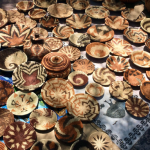
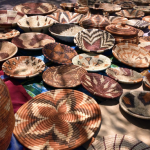
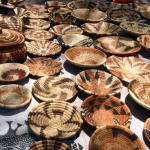
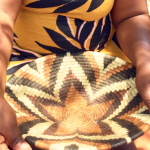
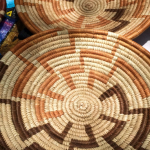
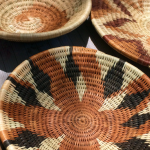
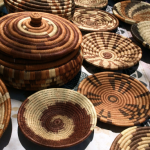
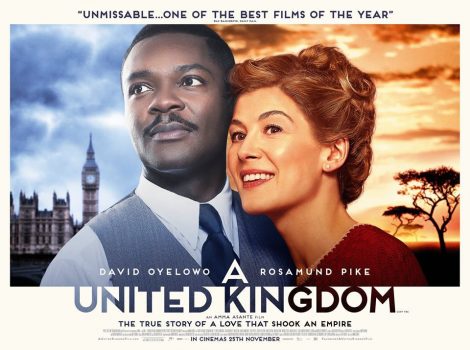
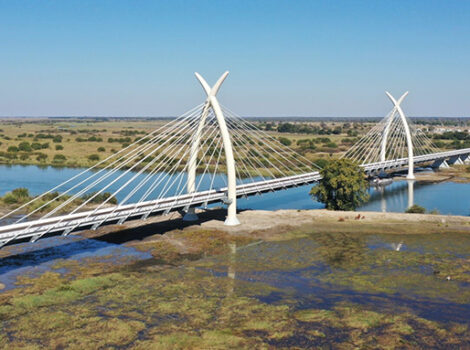
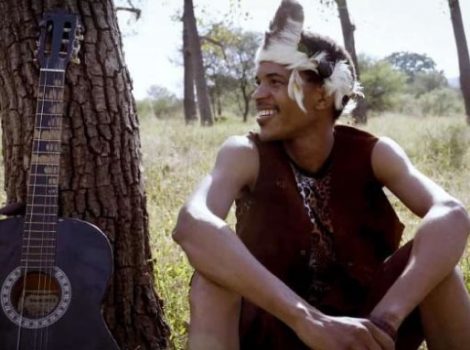
BASKET WEAVERS
These baskets are so beautiful – a fine art indeed. The weavers are highly skilled. It’s appalling that tourists haggle and pay so little. Due to circumstances I had to buy mine at Maun airport – and they were very expensive. I am certain my money did not go back to the talented maker 🙁
I love my baskets (I have four) and they are a reminder of a wonderful visit to beautiful Botswana and the kind and friendly people.
Local retailers need to pay the weavers fairly.
Kind regards